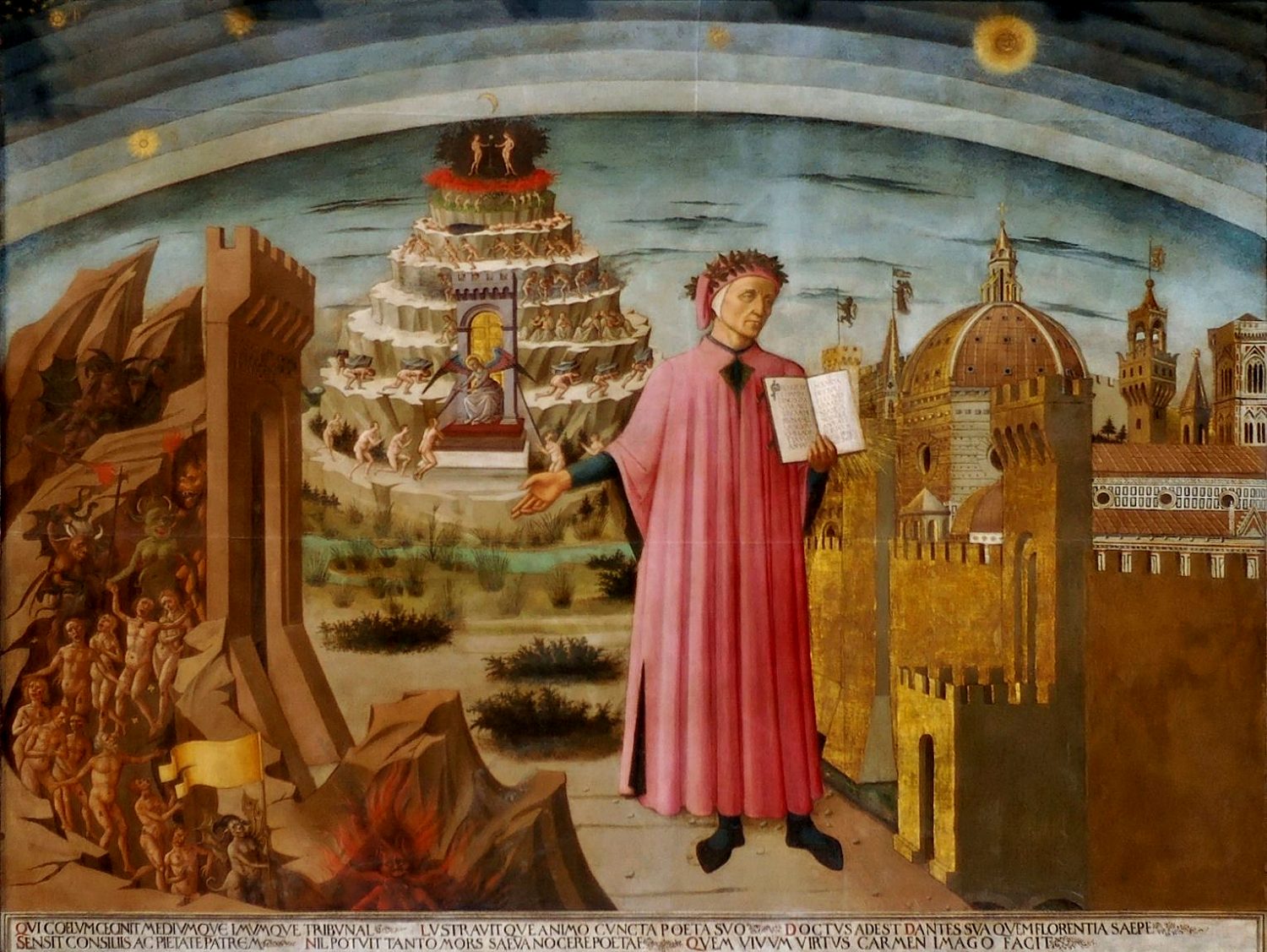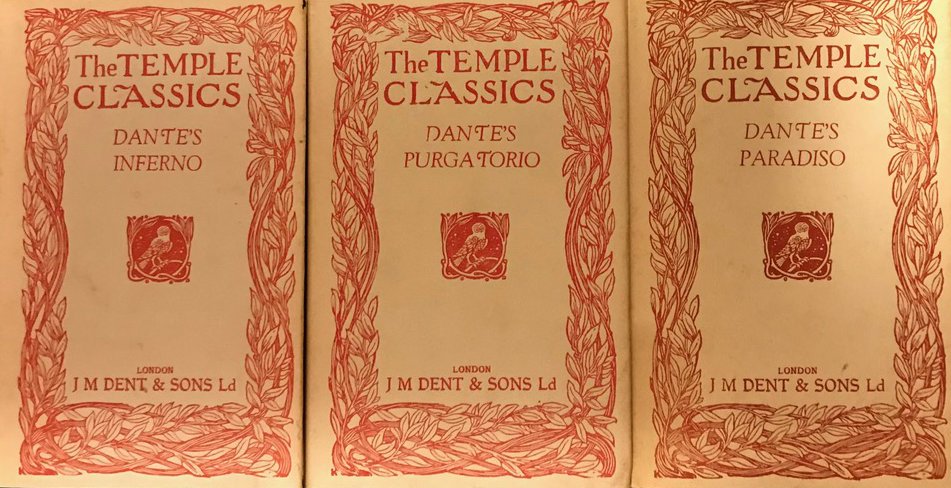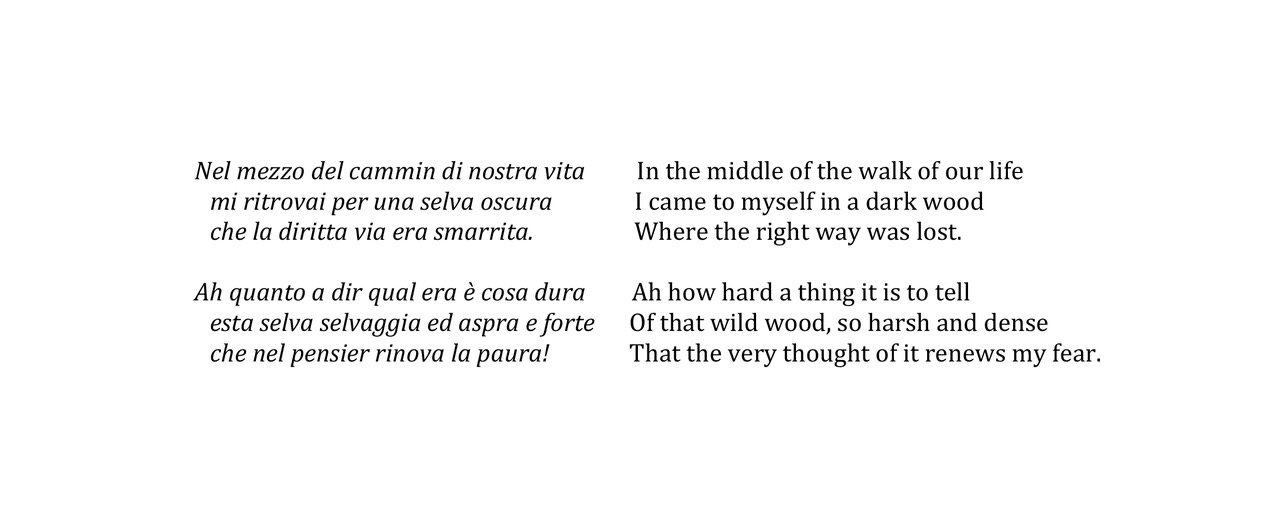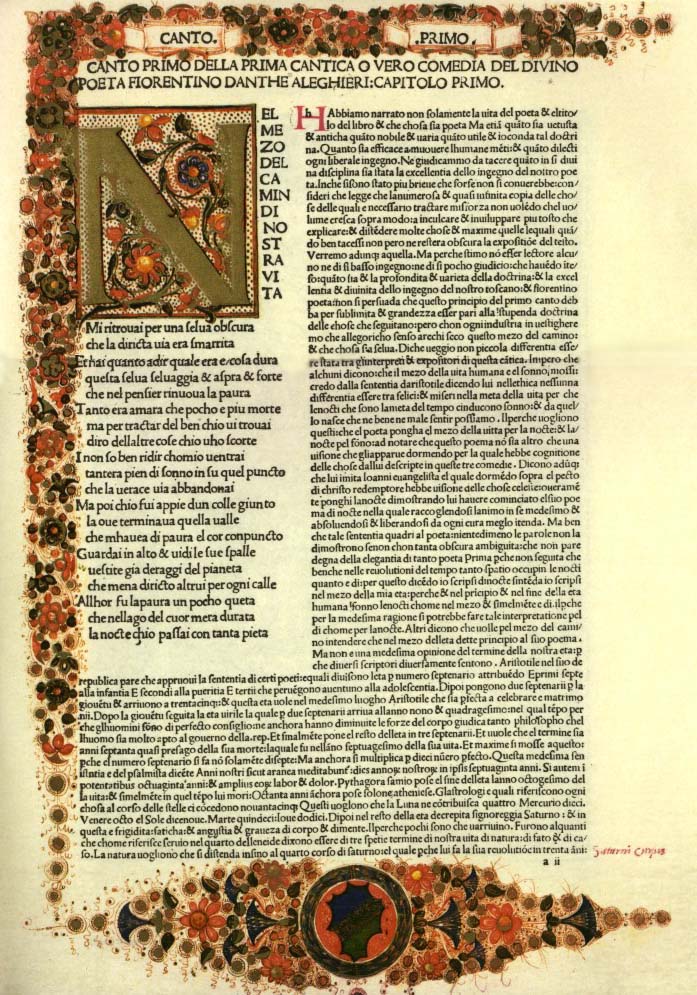
Dante is at once the most influential and the most neglected of Europe’s poets. Since the early 14th century, when he wrote, he has inspired countless other writers in almost every European language, yet today he has few readers outside academia and Italy. In this series of commentaries written to mark the 700th anniversary of his death, I’ll aim to give you a taste of his greatness, explain why I feel he still matters and persuade you to read him for yourself.
Dante’s journey, while still in this life, through the threefold Catholic afterlife of hell, purgatory and paradise, has been my passion for over 50 years. I was lucky enough to study the Divine Comedy at Cambridge University in the late 1960s under the guidance of three of the world’s greatest Dante scholars: Dr Kenelm Foster, Prof Uberto Limentani and Prof Patrick Boyde. They lit a fire in me that burns still – and I owe them a huge debt of thanks.
Through these giants I came across the main source I’ll draw on in this series, the excellent parallel text (Italian on one page, English on the other) edited by John Sinclair and published by Oxford University Press. Sinclair’s eloquent and erudite commentaries, which follow each canto, are full of insights into the poet’s mind, the imagery he uses, the issues of his time, and the stories of the Comedy’s huge cast of characters. The translations I provide mainly follow Sinclair, though I deviate occasionally for reasons of elegance or simplicity, or to sound more modern.
There are two other editions on my shelf: the Dent Everyman is concise enough to slip into a suitcase and also has parallel text, in somewhat archaic English and with useful, if occasionally enigmatic, notes; if you want a modern edition in English only, you could try Clive James’s verse translation, which retains the sparse narrative drive of the original while artfully building in explanatory information that less gifted translators give as footnotes.

Despite drawing on these sources, I’m not going to bore the pants off you by being overly scholarly in my commentaries. In fact, by choosing easily accessible excerpts, I’ll be doing something that will be sacrilege to conventional Dante scholars. You’re supposed to read the whole poem, not just the “good bits”. But I don’t care! You have to begin somewhere!
And where better than at the beginning, with the lines familiar to every Italian school child:

It’s European literature’s first mid-life crisis! The opening tercet of this introductory canto, which precedes the descent into Hell, establishes both the personal and the universal nature of Dante’s poem. Dante is in crisis for specific reasons – exile from his beloved Florence, certainly; perhaps, too, a turning away from love – but he is also everyman: he is you, me, anyone who has woken up to the fact that their life is a mess.
The abrupt narrative start, plunging us straight into this frightening moment of awakening, is also, I feel, very modern. As he will do throughout his poem, Dante draws on nature to depict inner states, anticipating the pathetic fallacies of many a Romantic poet and novelist. The wild, dark wood, so harsh and dense, is a place of existential fear that mirrors inner turmoil. From here, so much European literary invention flows: we are with the knight Redcrosse in Spenser’s The Faerie Queene, lost, at the start of the work, in the “wayes unknown” of Error’s Wood; we are with Conrad’s narrator Marlow, as he penetrates the Heart of Darkness that is not just the African jungle but his own psychic interior; we are with Mole, terrified by evil faces in the Wild Wood of Kenneth Grahame’s The Wind and the Willows. And in reliving that fear as he thinks of it, Dante anticipates Wordsworth’s “emotion recollected in tranquillity”.

Also evident in these opening lines is the sheer compression of Dante’s poem. Every one of his few words is dense with meaning. I can’t prove this, but I feel this compression goes a long way to explain Dante’s influence. It’s as if his meanings burst out from his poem, overflowing into the minds of those who follow. That process continues to this day: 2015 saw the publication of Ruth Ware’s much acclaimed debut thriller, In a Dark, Dark Wood.
It’s Good Friday morning in the year 1300. In his mid-thirties, Dante is about the same age as Christ when he died on the cross. The journey we are about to embark on mimics Christ’s own, as recounted in early versions of the Apostles’ Creed: “He descended into Hell; the third day, he rose again from the dead; he ascended into heaven…”
Don’t miss the next thrilling instalment!
Genius line:
Esta selva selvaggia ed aspra e forte – Just listen to all those sibilants next door to open vowels! Dante’s wood hisses and spits at him as it snares him with its thorns. The line starts with a brilliant intensifier: selva is a wood or forest but also connotes wilderness, while selvaggia is wild (or savage), so the sense is: “this wild wild place”. Forte, at the end, meaning “strong” but often translated as “dense”, is a sombre sound that reinforces oscura (“dark”) in line 1.




